Stop Drowning in Takes! Master DaVinci Resolve’s Take Selector for Cleaner Edits
Ever felt that pressure mounting during an edit? The client’s breathing down your neck, maybe demanding seven different versions of the exact same shot? I’ve been there. It can turn your timeline into a chaotic mess and drain your creative energy.
But what if I told you there’s a powerful tool built right into DaVinci Resolve specifically designed to handle this exact situation?
In the video above, I dive deep into DaVinci Resolve’s Take Selector, and trust me, it’s a game-changer for managing multiple takes and streamlining your editing workflow. If you’re tired of stacking clips like a precarious game of Jenga, this post (and the video!) is for you.
What is the Take Selector, Anyway?
Forget cluttering your timeline with disabled clips stacked vertically. The Take Selector is essentially a container. It holds multiple versions, or ‘takes,’ of a single clip within one neat little package right on your main timeline. This keeps things organized and makes comparing options incredibly efficient.
Creating Your First Take Selector
As I show in the video, setting one up couldn’t be simpler:
- Get your primary clip onto the timeline.
- Right-click on that clip.
- Navigate down the menu and click on “Take Selector”.
- Bam! You’ve just created a Take Selector.
Populating and Using the Take Selector
Once you’re in the “Take Selector zone” (you’ll see the interface change slightly), it’s time to bring in the reinforcements:
- Add Takes: Simply drag all your similar takes into the Take Selector area. Think of it like assembling your options – you’re gathering all the possibilities in one place.
- Previewing: The magic happens here. Click on any take within the selector to view it.
- Selecting for Timeline: Once you’ve clicked the take you want to try out, just close the Take Selector (often by clicking outside it or using a dedicated close button depending on your view). The take you last selected is now the active one visible on your main timeline, but all the other options are still tucked away inside, ready to be swapped in.
Powerful Features You Need to Know
The Take Selector isn’t just a storage box; it has smart features:
- Ripple Takes: Notice that little “Ripple Take” button (often looks like arrows rippling outwards)? This is crucial! Takes often have slightly different durations. This button allows you to swap takes while ripple-deleting or inserting time on your main timeline, keeping everything else in sync. It’s perfect for maintaining rhythm when takes vary in length.
- Deleting Takes: Got a take you know you’ll never use? There’s a trash can icon within the Take Selector interface to easily remove unwanted options from that specific container.
- Easy Access: You’ll always know a clip is a Take Selector by the little icon overlay (usually stacked filmstrips or similar). Need to revisit your options? Just double-click the clip on the timeline, and the Take Selector interface pops right back open.
Finalizing Your Choice & Color Grading
- Finalize Take: Once you and your client have finally decided on the perfect take, right-click the Take Selector on the timeline and choose “Finalize Take”. This collapses the Take Selector, removing the other options and leaving only your chosen clip on the timeline as a standard clip.
- Color Grading: Need to apply a consistent look? Any color grade applied directly to the Take Selector clip on the timeline will automatically apply to all the takes housed within it. This ensures consistency when you’re swapping between options.





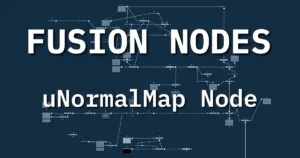
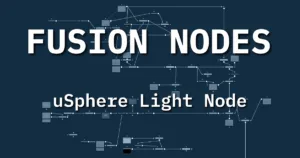
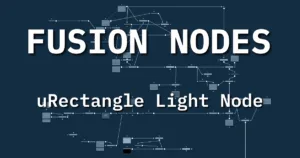
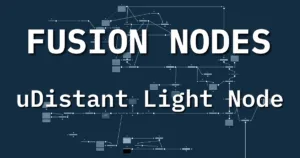
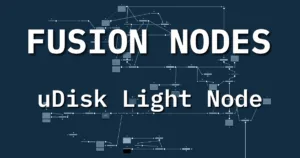
Start the discussion at postprolist.com